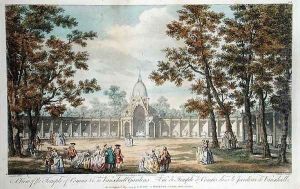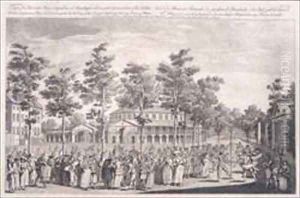Canaleti Paintings
Giovanni Antonio Canal, better known as Canaletto, was an Italian painter born on October 18, 1697, in Venice, Italy. He is renowned for his meticulously detailed cityscapes of Venice, capturing the city's architecture and the daily lives of its inhabitants with remarkable accuracy and atmospheric detail. Canaletto came from a family of stage set painters; his father, Bernardo Canal, introduced him to painting and theatrical scenery design, which influenced his approach to composition and perspective.
Canaletto began his career by painting theatrical scenery but quickly transitioned to painting the landscapes and cityscapes that would make him famous. His works were especially sought after by foreign collectors and tourists, particularly the British, during their Grand Tour of Europe—a tradition that saw the wealthy undertaking extended travels around the continent for cultural and educational purposes. Canaletto's ability to capture the light, architecture, and atmosphere of Venice made his paintings highly prized souvenirs.
In the 1740s, Canaletto moved to England, where he spent nearly a decade painting landscapes and views of London and the English countryside. Despite this period of innovation, his English works never gained the same acclaim as his Venetian vistas. Canaletto returned to Venice in 1755, where he continued to paint but found that the market for his work had declined, partly due to changing tastes and the rise of other artists.
Canaletto was not only a master painter but also a skilled etcher, contributing to the veduta genre—a detailed, usually large-scale painting or print of a cityscape or some other vista. His work had a significant influence on landscape painting in Italy and beyond. His attention to detail and his use of camera obscura for accurate perspective had a lasting impact on the development of veduta and landscape art.
Canaletto's legacy is preserved in numerous collections worldwide, including the Louvre in Paris, the Metropolitan Museum of Art in New York, and the National Gallery in London. He died in Venice on April 19, 1768. His nephew, Bernardo Bellotto, was also a notable painter who became famous for his cityscapes, often being confused with his uncle due to the similarity in their styles and the use of the name Canaletto.

